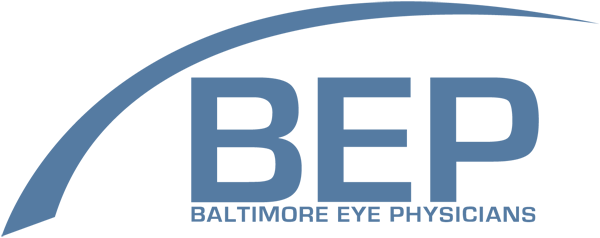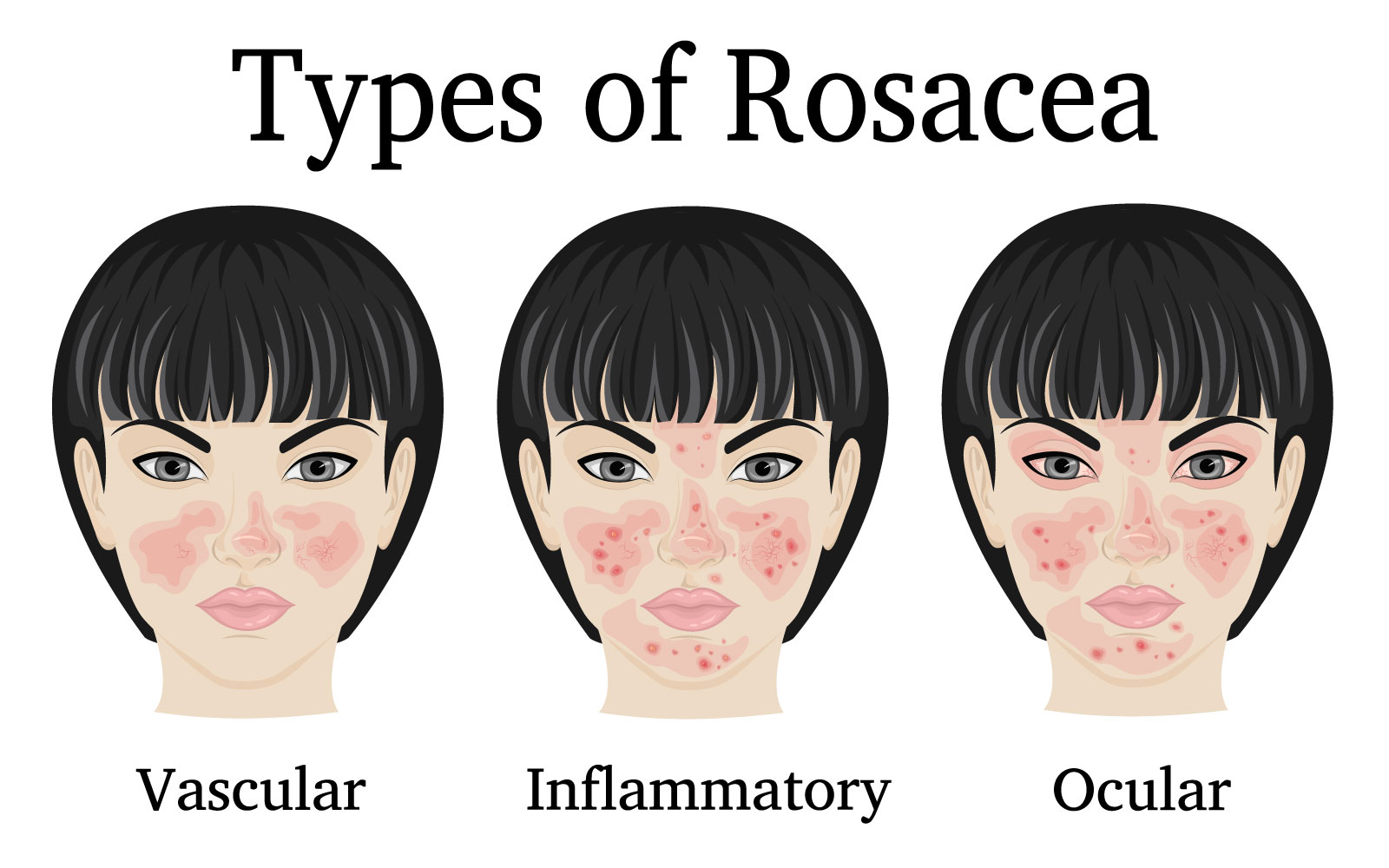Rosacea cannot be cured, but it can be treated and controlled. For skin symptoms, doctors usually prescribe either a topical antibiotic (which is applied directly to the skin) or, in more severe cases, an oral antibiotic (taken by mouth). Doxycycline (or tetracycline) are antibiotics and may be required in patients with rosacea. Doxycycline possesses both the anti-inflammatory properties as well as antibacterial properties. This class of antibiotics is specifically absorbed by oil glands. As such, doxycyline is particularly effective for adolescent acne, acne rosacea, and blepharitis. Acne rosacea can be treated topically with brimonidine (MIRVASO) or metronidazole (METROGEL). Unfortunately, these creams should not be used on the eyelids since they can be irritating to the eyes. Prescription eye drops are used to treat ocular rosacea. Artificial tear-type saline solutions can help to relieve some of the symptoms of ocular rosacea by keeping eyes well-moisturized. Some people, however, should avoid using eye drops specifically meant for clearing bloodshot eyes, as these drops can make ocular rosacea symptoms worse.
Baltimore Eye Physicians wants to deliver the highest technologic advances in the management of rosacea. Patients frequently benefit with intense pulse light therapy (IPL). The amplified light used in the eyelid-oculofacial area, has been proven to be effective to open blocked meibomian glands to reduce ocular inflammation. Initially four treatments are recommended, one month apart, and then repeated treatment every six months. Approximately 90% of patients treated with IPL will demonstrate significant improvement of rosacea symptoms. Unfortunately, IPL is not covered by insurance.




